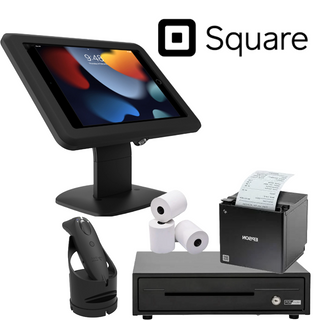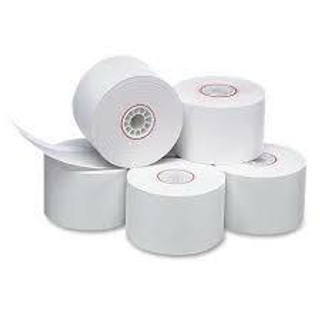How to Choose Thermal Labels for Direct Thermal and Thermal Transfer Printers
When it comes to selecting the right thermal labels for your direct thermal or thermal transfer printer, it's essential to consider various factors to ensure optimal performance and longevity. In this guide, we'll delve into the key considerations to help you make informed decisions and streamline your labeling processes.
Understanding Direct Thermal vs. Thermal Transfer Printing: Before diving into the label selection process, let's briefly differentiate between direct thermal and thermal transfer printing methods:
- Direct Thermal Printing:
- Utilizes heat-sensitive paper that darkens when exposed to heat
- No ribbon or ink required, making it cost-effective
- Ideal for short-term applications such as shipping labels, receipts, and tickets
- Thermal Transfer Printing:
- Utilizes a thermal ribbon to transfer ink onto the label
- Offers superior durability and resistance to heat, moisture, and chemicals
- Suitable for long-term applications such as product labeling, asset tagging, and outdoor signage
Key Considerations for Label Selection: Now that we've established the basics, let's explore the essential factors to consider when choosing thermal labels for your specific printing needs:
- Label Material:
- For direct thermal printing, opt for heat-sensitive paper labels
- For thermal transfer printing, choose from a variety of materials including paper, polyester, vinyl, and polypropylene based on durability requirements
- Adhesive Strength:
- Determine whether you need permanent, removable, or repositionable adhesive based on the application and surface type
- Consider factors such as temperature fluctuations, moisture exposure, and surface texture when selecting adhesive strength
- Label Size and Shape:
- Choose label dimensions that accommodate your content requirements and fit within printer specifications
- Consider custom shapes or pre-cut labels for specialized applications such as product branding or compliance labeling
- Print Quality and Resolution:
- Select labels with a smooth surface and consistent coating to ensure high-quality printing results
- Determine the required print resolution based on the level of detail and clarity needed for barcode scanning, text readability, and graphic elements
- Environmental Factors:
- Evaluate the operating environment for factors such as temperature extremes, humidity levels, and exposure to UV light or chemicals
- Choose labels with appropriate coatings or laminates to enhance durability and resistance to environmental stressors
Choosing the right thermal labels for your direct thermal or thermal transfer printer is crucial for achieving optimal printing results and ensuring label longevity. By considering factors such as label material, adhesive strength, size and shape, print quality, and environmental factors, you can streamline your labeling processes and enhance efficiency across various applications.
Whether you're labeling products, shipping packages, or printing barcodes, selecting the appropriate thermal labels will contribute to the overall success of your labeling operations. Take the time to assess your specific requirements and explore the diverse range of thermal label options available to find the perfect fit for your printing needs.






























